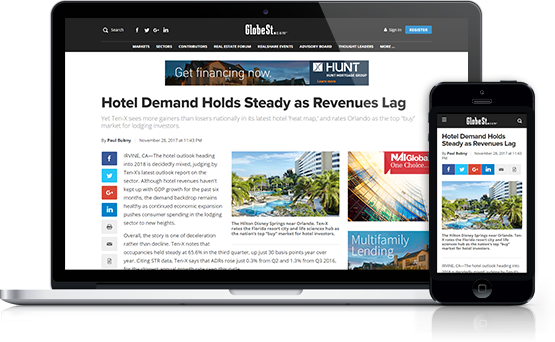Last Fall when Amazon initiated its food fight among North American metros for its “second headquarters,” I predicted in this space that the Washington DC area would be the winner. Jeff Bezos and company would pick a 24-hour city in the eastern half of the country that would culturally appeal to a millennial work force wanting the opportunities and amenities of a bright-lights, big city environment. The location would need to fit a more progressive consciousness in keeping with the current Seattle home base, a deep blue mecca. It would be a gateway city at a transportation nexus with internationally connected airports in proximity to interstates and train lines linked into key regions reaching down to the south and into the Midwest. And it would be a place close to a cloud computing networking intersection. The area around the nation's capital fit the bill. It didn't hurt that Bezos owns the Washington Post and would want to make a statement in the nation's political power center.
So the DC area has won the prize or at least half of it. New York is the other winner. The Apple fits my parameters on all counts too—gateway city, the nation's number one draw for young on-the-make talent, and a progressive bastion. I put New York behind Washington primarily because even a big company like Amazon moving into the area wouldn't make the same impact that it would elsewhere. It would be just another big company in a city full of them.
And so what's the take away? The trend has been clear for the past generation. Our major U.S. gateways—the 24-hour cities which draw the smartest people because of their convenience (mass transit, walkable core residential neighborhoods), and cultural and entertainment amenities—are the places where our nation's business enterprises want to be. Outside of Chicago, these mega urban centers are on the coasts and they are where finance, entertainment, tech and biotech have been concentrating for decades anyway.
Recommended For You
Want to continue reading?
Become a Free ALM Digital Reader.
Once you are an ALM Digital Member, you’ll receive:
- Breaking commercial real estate news and analysis, on-site and via our newsletters and custom alerts
- Educational webcasts, white papers, and ebooks from industry thought leaders
- Critical coverage of the property casualty insurance and financial advisory markets on our other ALM sites, PropertyCasualty360 and ThinkAdvisor
Already have an account? Sign In Now
*May exclude premium content© 2025 ALM Global, LLC, All Rights Reserved. Request academic re-use from www.copyright.com. All other uses, submit a request to [email protected]. For more information visit Asset & Logo Licensing.








